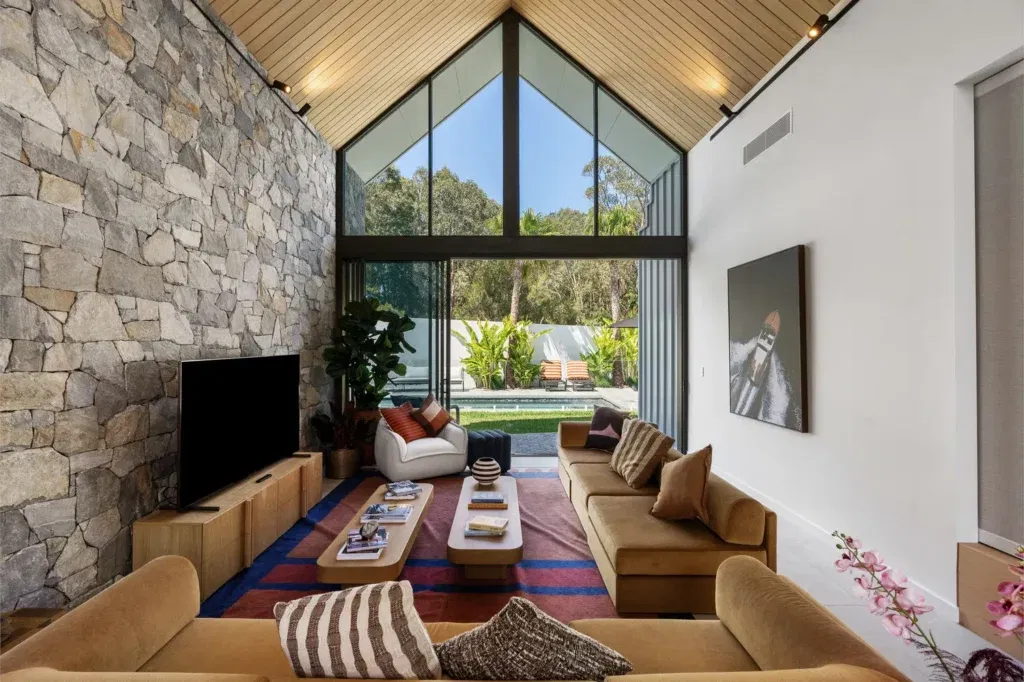
Steve Nottle,
Head of Property Management at Image Property.
Brisbane’s First Rent Growth Decline in Four Years
The South-East Queensland rental market has experienced its slowest growth in four years, with CoreLogic’s monthly Chart Pack revealing a modest 0.1% rise in national rents for July.
This marks a significant shift after the substantial 39.7% increase in rents observed over the past five years.
CoreLogic Australia’s economist Kaitlyn Ezzy noted that this deceleration in rent growth is a positive development for tenants, who have seen their median weekly rental payments surge by around $180 over the last five years.
“July’s small rise in national rents signals a broader cooling trend across the country and will provide some renters a much-needed respite after years of high demand and steep increases,” she said.
However, the results varied across the nation. Adelaide saw rents increase by 0.6%, while Melbourne and Perth experienced a 0.3% rise. In contrast, rents decreased slightly in Sydney (-0.1%), Brisbane (-0.1%), and Hobart (-0.3%), while Darwin and Canberra remained steady.
“The varied rental growth across capitals highlights an affordability ceiling in major cities,” Ms. Ezzy explained. “With tenants unable to borrow more to cover rent, many are turning to alternatives such as shared housing, relocating to more affordable areas, or leaving the rental market altogether to purchase their own homes.”
On an annual basis, CoreLogic’s Rental Value Index recorded its smallest 12-month change in three years, with national rents rising 7.8% for the year ending in July, down from a peak of 8.6% in April.
This slowdown is largely attributed to a decline in growth rates in capital cities, from 9.7% in February to 8.0% in July, while regional areas have seen growth accelerate from 5.4% to 7.1% during the same period.
Despite these shifts, significant relief for the rental market in the short term seems unlikely. “Low supply will likely continue to put upward pressure on rents, albeit at a slower pace,” Ms. Ezzy noted.
“With dwelling approvals and commencements at historic lows, providing sufficient new housing will not be a quick fix and remains a genuine challenge for policymakers, the property industry, and of course, tenants.”
In a market that’s constantly shifting, having the right support can make all the difference. At Image Property, we stay on top of the latest market changes and trends, so you don’t have to.
Contact us today, and together we’ll navigate the opportunities and challenges of the property market.


